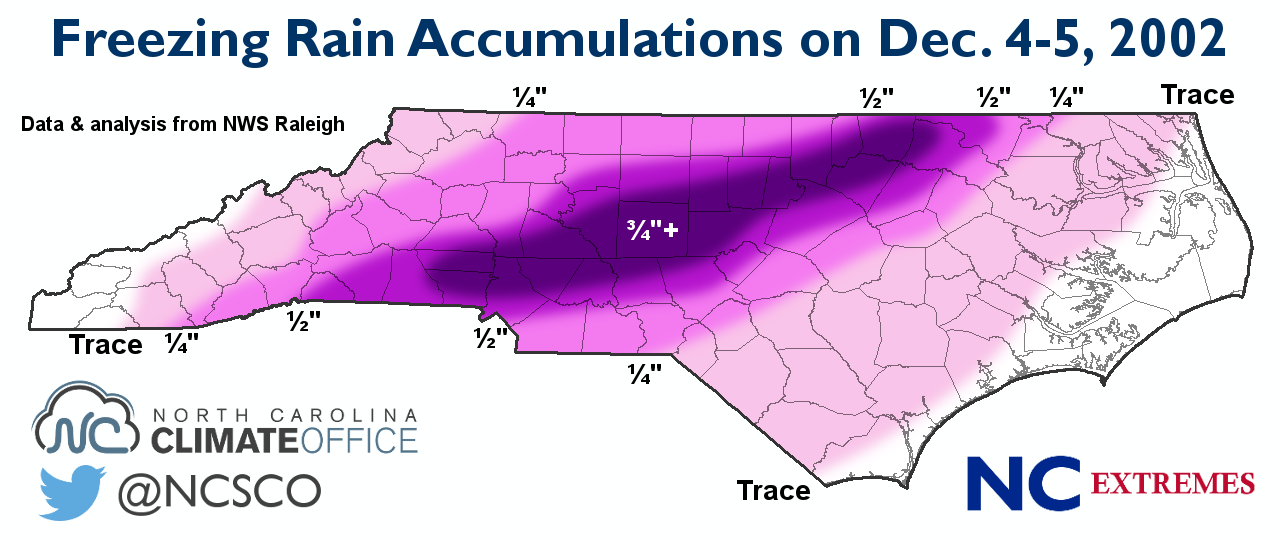Good info from RAH NWS: had some good stuff on NAO cycles only lasting 20 days before changing/resetting; Anyway just passing along. In weak Lanina need to root for a -NAO. Duh!
Pattern Interactions
Global patterns do not occur independently; they occur on overlapping timescales, and have important interactions that can magnify or diminish the effects of an individual pattern.
For example, the warm (positive) phase of the ENSO cycle, better known as El Niño, typically results in a more active southern jet stream, which ultimately leads to increased precipitation across the southeastern U.S. during the winter. When a negative NAO is in place during an El Niño winter, cold, Arctic air is transported towards the southeastern U.S. with enhanced precipitation potential due to the El Niño effect, and research at the SCO has found that the number of snow days in NC increase significantly in all four winter months.
The chart below shows the average number of snow days (with ≥1 inch of snow) in central and eastern NC, broken down by NAO and ENSO phase.
Our results found that a
negative NAO combined with a
positive ENSO phase (El Niño) resulted in the
most snow days on average, with an increase of 25% (or more) in snow days for all four winter months.
A
positive NAO combined with a
negative ENSO (La Niña) resulted in the
greatest decrease in average snow days. This is due to a lack of cold air (results of a typical positive NAO), and less active subtropical jet stream (results of a typical La Niña).
NAO had the most significant impact on snow days. Even in winter months that featured La Niña conditions (typically warm and dry), combined with a negative NAO, only February saw a decrease in snow days, which suggests that the NAO has a more direct influence on NC snowfall than ENSO. The reason behind this is that the NAO directly impacts the large scale atmospheric pattern over the eastern U.S. on a daily timescale, whereas the ENSO pattern indirectly effects the eastern U.S. atmospheric pattern by altering global circulations, and does so on monthly to seasonal timescales.












